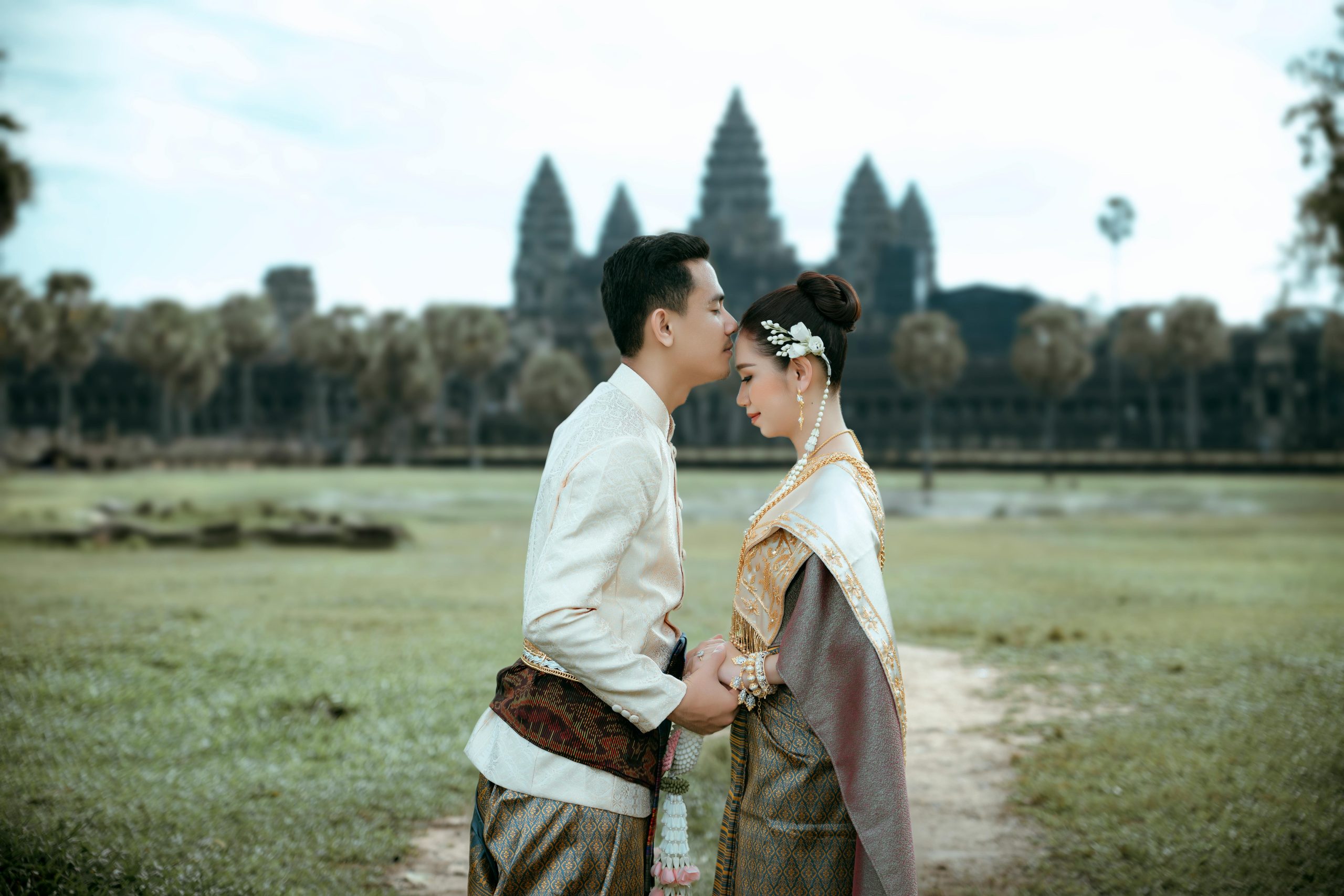The Rise of AI in Fashion: Timeline of Jobs Disappearing from Fashion Photography and Virtual Styling
The Rapid Evolution of AI in Fashion: A Timeline of Transformation
The fashion industry is witnessing an unprecedented technological revolution. Gone are the days when the roles of stylists, photographers, and creative directors were considered indispensable. The accelerating pace of AI innovation is reshaping every facet of fashion production and marketing. Here’s a recent timeline illustrating just how quickly this transformation is occurring, with a focus on developments over the past week alone.
A Look at Recent Milestones
-
January 2025: Startup Botika secures $8 million in funding, paving the way for AI-generated fashion models to replace traditional photoshoots—especially for smaller brands seeking cost-effective solutions [source].
-
May 2025: Doji raises $14 million to develop AI-powered avatars that enable consumers to virtually try on clothing with social sharing features, reminiscent of TikTok trends [source].
-
May 2025: Google introduces “AI Mode,” a groundbreaking feature that integrates virtual try-on capabilities across billions of products, making personalized shopping experiences more immersive [source].
-
Two Weeks Ago: Alta raises $11 million to launch a comprehensive AI stylist platform that could fully replace human stylists, marking a significant shift in personalized fashion consulting [source].
-
Two Days Ago: FASHN AI unveils a hyper-realistic, high-resolution virtual try-on model, eliminating the need for human models in commercial styling and advertising [source].
-
Today: Google’s Doppl platform launches, enabling AI-generated videos where virtual avatars showcase outfits in dynamic motion—completely automated and increasingly realistic [source].
Implications for the Industry
In just half a year, these developments amount to over $33 million in investment funding, signaling a potent surge in fashion tech innovation. The speed at which these tools are being introduced suggests a paradigm shift that can no longer be ignored. The traditional roles once considered essential—photographers, stylists, creative directors—are increasingly vulnerable to automation.
What does this mean for professionals in fashion? Adaptability is critical. Embracing AI-driven tools can open new creative opportunities, but resistance may lead to obsolescence. The industry is on the cusp of a new era where automation and human creativity will intersect more than ever before.
Stay Ahead: Embrace the Change
For those committed to remaining relevant in fashion, staying informed and flexible is paramount. As AI continues to evolve rapidly, the question isn’t if your role will change—but when. Prepare to evolve with the technology,














Post Comment